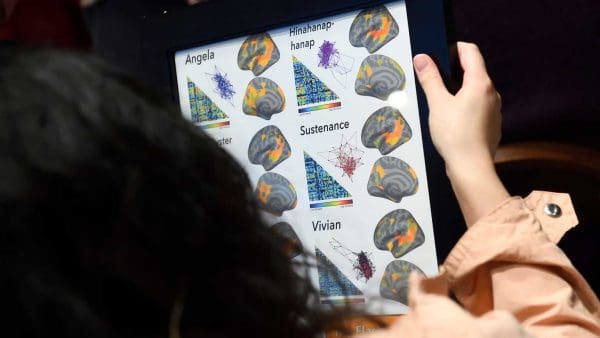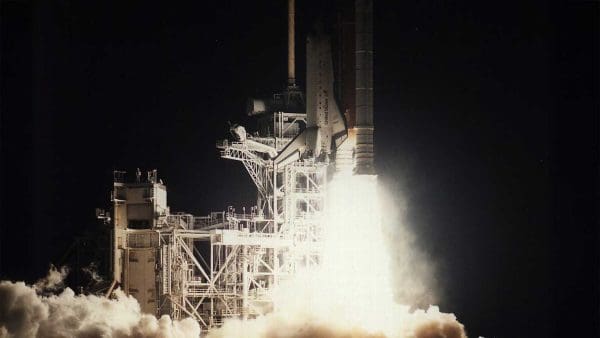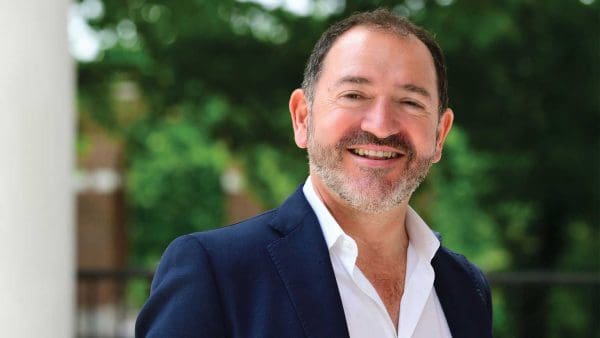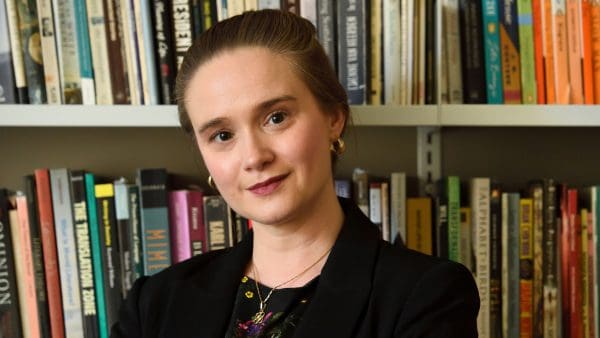
The Center for Digital Humanities (CDH) was launched in 2021 to help scholars combine the powers of the human brain with the powers of computation, opening up possible new areas of research, says director Tom Lippincott.
“There’s a whole space to explore of what humans can do that computers can’t, and vice versa, and how they complement each other,” Lippincott says. Humans have one set of mechanisms for insights and reasoning and inference, and computers have another. What happens, he asks, when you combine those perspectives and direct them toward questions researchers have never imagined pursuing?
The field of digital humanities is broad and vague, says Lippincott, with different people often understanding it differently. For some, it means accessing, synthesizing, and analyzing data relevant to humanities disciplines. For some, digital humanities is about public humanities, or making archives widely accessible—often allowing communities to learn about themselves in ways not otherwise possible.
The CDH’s mission is more focused, Lippincott explains. He and four postdoctoral fellows are working with humanities faculty to understand the various ways that researchers would be interested in using computational assistance to reveal previously undetected relationships among enormous sets of data points. Meanwhile, they are creating an overarching system— architecture, in the lingo—that scholars in fields ranging from art history to classics to English will be able to use to explore their data in new ways.
Learning the ropes
Since the lean center won’t have the capacity to craft customized systems for each interested researcher, Lippincott plans instead to guide researchers to arrange their data into an outlined format—a kind of sophisticated spreadsheet—that the overarching system will be able to read. Such information will help train and use tailored machine-learning models, and eventually allow for cross-disciplinary insights; for example, identifying authors who also appear in historical records through political or economic activities.
A course, the first iteration of which the CDH staff taught in spring 2023, will help graduate and undergraduate students become familiar with the data-organizing principles that lend themselves to the CDH system—skills they can then use throughout their research careers.
“This course is the primary entry point for collaboration with the CDH, while also giving a broad overview of computational methods that might generally prove useful for humanistic scholarship,” Lippincott says. “I’m hopeful that we’re going to be able to create a small, embedded generation of people who are able to engage with us directly, and then that will grow.”
Where AI Meets History
Recent advances in artificial intelligence have underscored the opportunity for the kind of work Lippincott has always wanted the CDH to tackle: identifying what distinguishes a human mind from a computer, where the limitations of each lie, and what can be accomplished by mining the untapped synergies between them.
That intersection is prime territory for deep interdisciplinary exploration, for which Hopkins is especially well suited, Lippincott says. He sees enormous potential for explicitly bridging the fields through shared graduate students and other initiatives.




